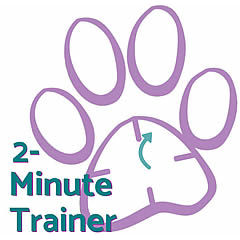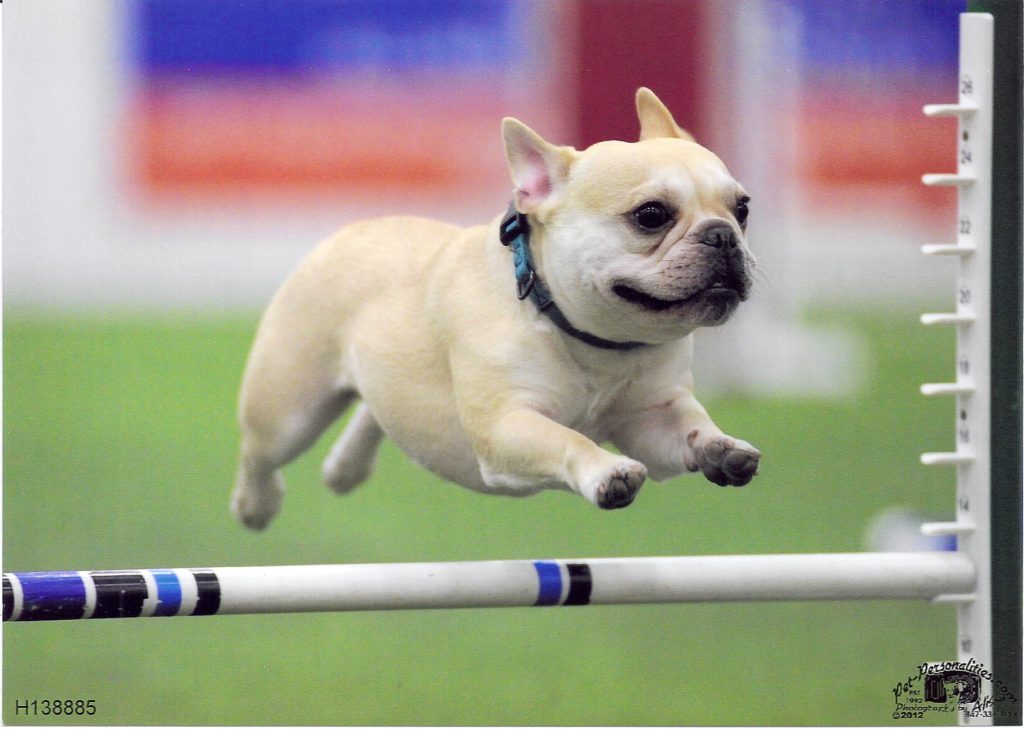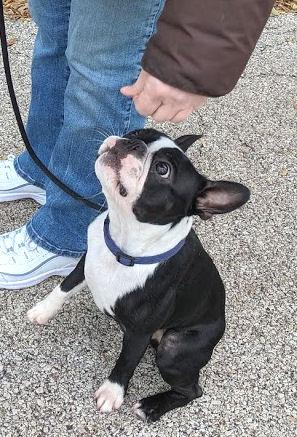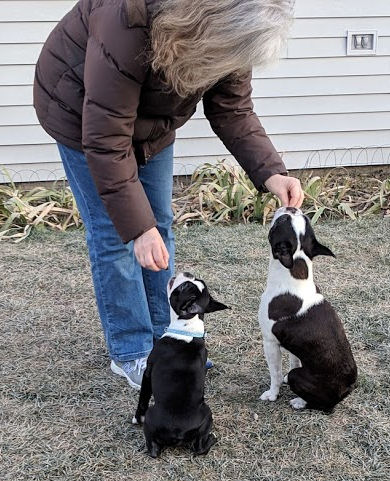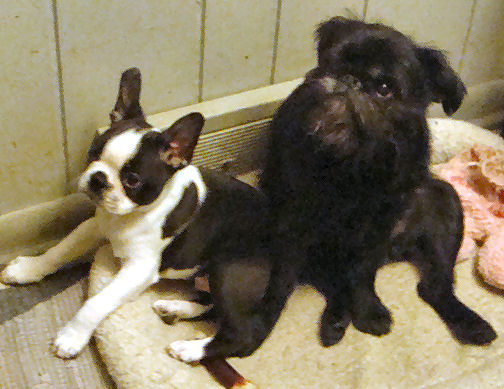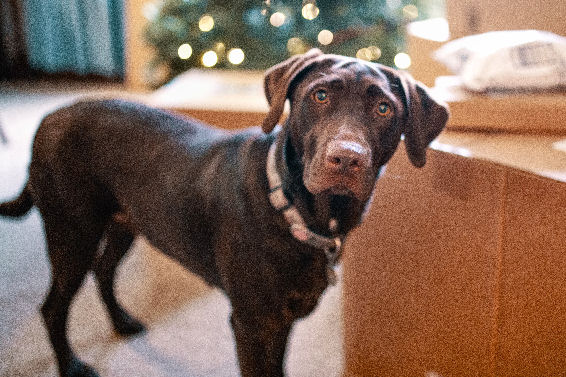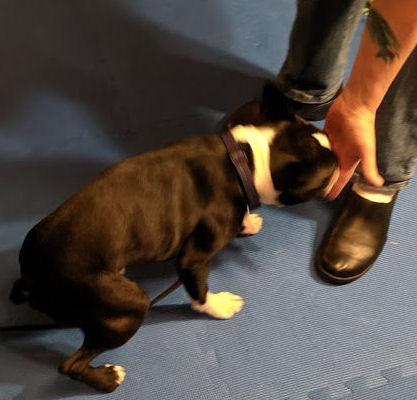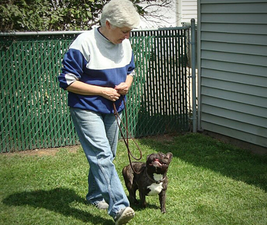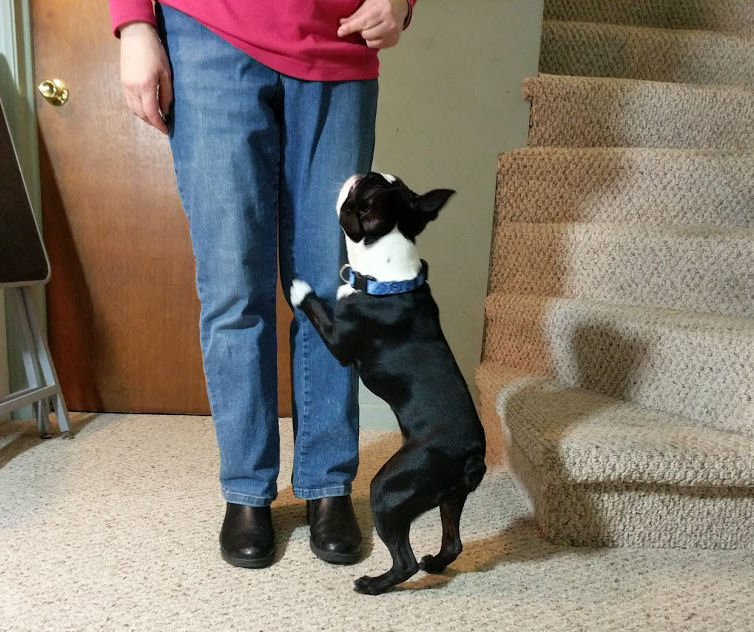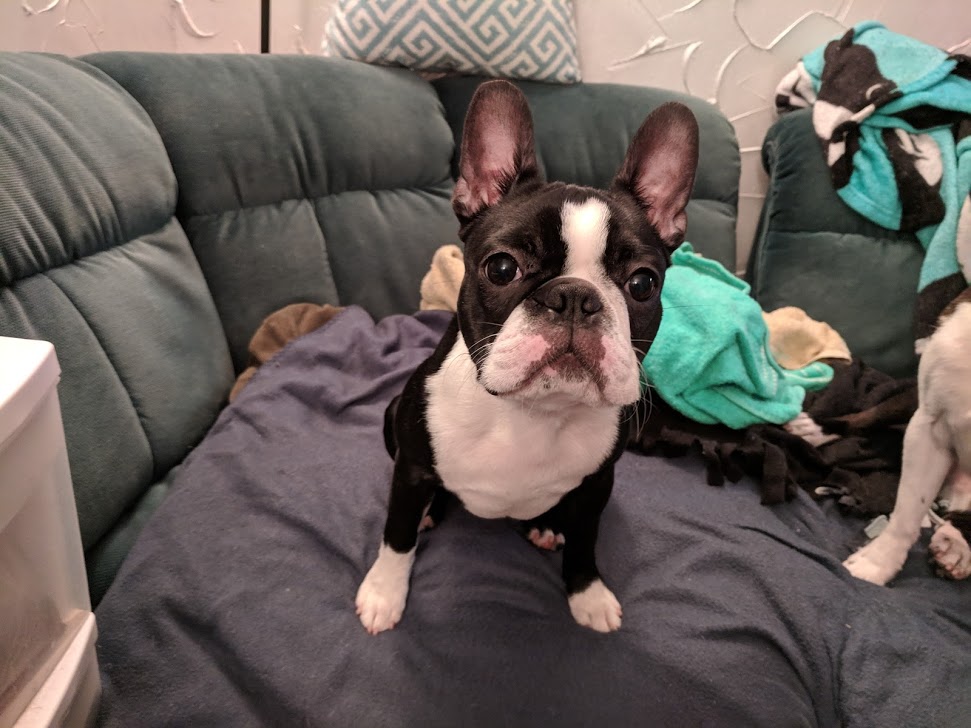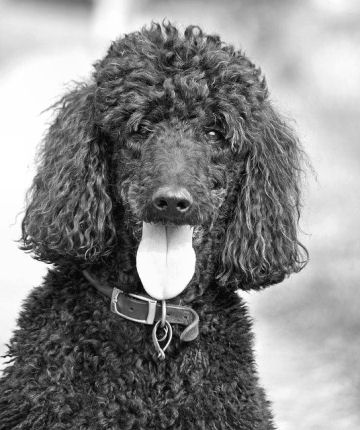
Why is it hard to understand that it’s never okay to hurt your dog? That training should never be painful? There’s always a better way.
Last week was a particularly challenging one. One of Hope’s competition Obedience students, who’s been with her class for years, had an electronic collar on her dog.
The collar was black, the dog is black, and it was about half-way through the class before Hope noticed and called the student on it.
The rationale had steam coming from Hope’s ears.
The student, we’ll call her Sharon, likes to take her dog, Phydeaux, to the dog park to run off leash. While there, Phydeaux took it upon himself to jump on an unknown woman, and failed to return to Sharon when called.
Sharon decided this was an “unsafe” situation for Phydeaux. Rather than choosing not to return to the dog park until her dog had a reliable “Come!,” Sharon contacted a different trainer, who insists on a shock collar. Phydeaux must “get used” to wearing it for two weeks, then it gets turned on. Sharon insisted it was okay for Phydeaux to wear the collar in Hope’s class because it wasn’t “on.”
Since it was flashing, it apparently was on – just with no “zapper” remote in the vicinity. Not okay, Sharon.
Just flabbergasted
All of our students know that e-collars, prongs, and choke collars are not allowed in our classes. We will allow martingales, sometimes. Sharon knew it wasn’t allowed, but thought it was “okay” because the zapper wasn’t there.
No, Sharon. Not just in class. It’s never okay to zap your dog.
We understand the concept behind the e-collars. Punishing dogs for doing something you don’t want them to dates back long before these torture devices. That doesn’t make it a good idea.
Think of it this way
On the spur of the moment, we weren’t able to come up with an analogy that would clarify our stance to Sharon. Since she thought it was an okay idea, she’ll probably never understand. But here it is, for you:
Let’s say you adore chocolate. And there’s a wonderful chocolate shop that we take you to enjoy. You can have anything you want, we’ll get it for you. As much as you want.
At some point during the visit to the chocolate shop, you will violate a rule. The rule wasn’t explained to you beforehand. You have no idea what it is. The consequence of violating that unknown rule is that you’ll be zapped with a taser.
You don’t know when it’s coming. You don’t know what triggers its use. You have no idea what you’ve done to deserve it. And yet, you’re flailing on the floor.
So tell us – how do you feel about visits to the chocolate shop now? And about going somewhere with us?
Other options
Sharon could have spent the time and energy teaching Phydeaux a perfect recall. It doesn’t take long with the 2-Minute Trainer course “Come!” She could have used a long line to keep a measure of control. She could have stopped going to the dog park. There are lots of things she could have done.
She chose to hurt her dog, rather than teach him. We used to have some fondness for Sharon. She and her dogs have had some success in our classes, and in the Obedience and Rally trials we’ve prepared her for. If she can so easily cast aside all the tenets of training we’ve shared, that relationship’s changed forever.
